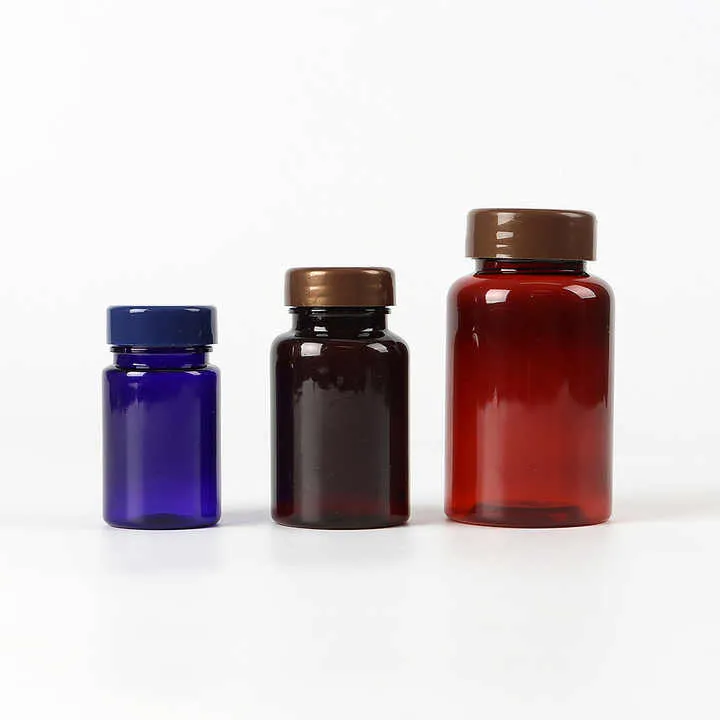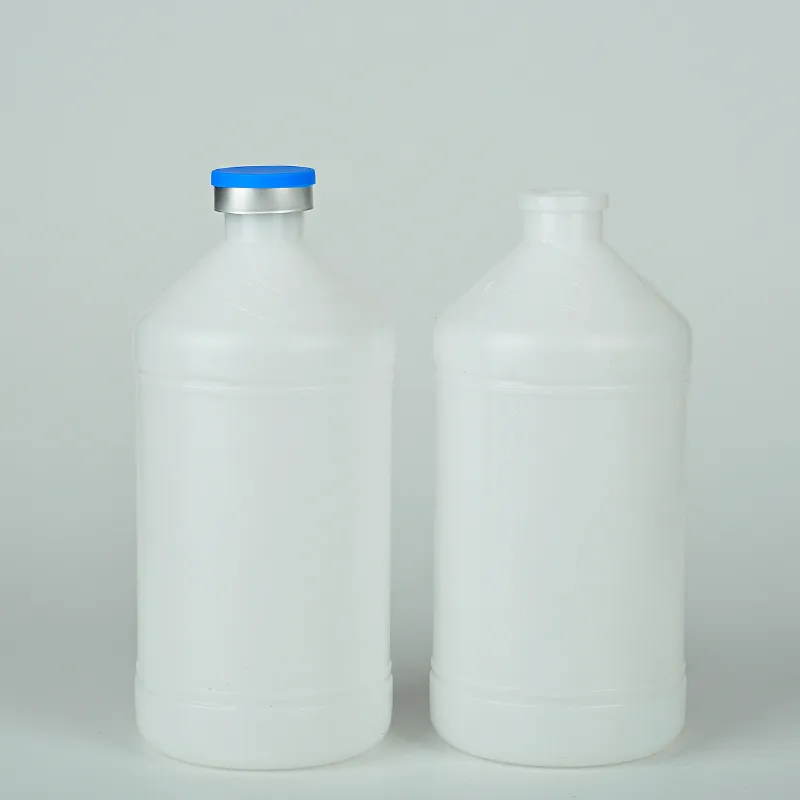
-
 Afrikaans
Afrikaans -
 Albanian
Albanian -
 Amharic
Amharic -
 Arabic
Arabic -
 Armenian
Armenian -
 Azerbaijani
Azerbaijani -
 Basque
Basque -
 Belarusian
Belarusian -
 Bengali
Bengali -
 Bosnian
Bosnian -
 Bulgarian
Bulgarian -
 Catalan
Catalan -
 Cebuano
Cebuano -
 Corsican
Corsican -
 Croatian
Croatian -
 Czech
Czech -
 Danish
Danish -
 Dutch
Dutch -
 English
English -
 Esperanto
Esperanto -
 Estonian
Estonian -
 Finnish
Finnish -
 French
French -
 Frisian
Frisian -
 Galician
Galician -
 Georgian
Georgian -
 German
German -
 Greek
Greek -
 Gujarati
Gujarati -
 Haitian Creole
Haitian Creole -
 hausa
hausa -
 hawaiian
hawaiian -
 Hebrew
Hebrew -
 Hindi
Hindi -
 Miao
Miao -
 Hungarian
Hungarian -
 Icelandic
Icelandic -
 igbo
igbo -
 Indonesian
Indonesian -
 irish
irish -
 Italian
Italian -
 Japanese
Japanese -
 Javanese
Javanese -
 Kannada
Kannada -
 kazakh
kazakh -
 Khmer
Khmer -
 Rwandese
Rwandese -
 Korean
Korean -
 Kurdish
Kurdish -
 Kyrgyz
Kyrgyz -
 Lao
Lao -
 Latin
Latin -
 Latvian
Latvian -
 Lithuanian
Lithuanian -
 Luxembourgish
Luxembourgish -
 Macedonian
Macedonian -
 Malgashi
Malgashi -
 Malay
Malay -
 Malayalam
Malayalam -
 Maltese
Maltese -
 Maori
Maori -
 Marathi
Marathi -
 Mongolian
Mongolian -
 Myanmar
Myanmar -
 Nepali
Nepali -
 Norwegian
Norwegian -
 Norwegian
Norwegian -
 Occitan
Occitan -
 Pashto
Pashto -
 Persian
Persian -
 Polish
Polish -
 Portuguese
Portuguese -
 Punjabi
Punjabi -
 Romanian
Romanian -
 Russian
Russian -
 Samoan
Samoan -
 Scottish Gaelic
Scottish Gaelic -
 Serbian
Serbian -
 Sesotho
Sesotho -
 Shona
Shona -
 Sindhi
Sindhi -
 Sinhala
Sinhala -
 Slovak
Slovak -
 Slovenian
Slovenian -
 Somali
Somali -
 Spanish
Spanish -
 Sundanese
Sundanese -
 Swahili
Swahili -
 Swedish
Swedish -
 Tagalog
Tagalog -
 Tajik
Tajik -
 Tamil
Tamil -
 Tatar
Tatar -
 Telugu
Telugu -
 Thai
Thai -
 Turkish
Turkish -
 Turkmen
Turkmen -
 Ukrainian
Ukrainian -
 Urdu
Urdu -
 Uighur
Uighur -
 Uzbek
Uzbek -
 Vietnamese
Vietnamese -
 Welsh
Welsh -
 Bantu
Bantu -
 Yiddish
Yiddish -
 Yoruba
Yoruba -
 Zulu
Zulu
Jan . 28, 2025 04:12
Back to list
plastic reagent bottle factory
In the realm of chemistry, reagent bottles serve as silent sentinels, guarding and ensuring the integrity of countless scientific endeavors. These specialized containers are more than mere vessels; they define the reliability and accuracy of chemical experimentation. Understanding their importance and nuances is crucial for anyone involved in the field of chemistry—be it students, researchers, or seasoned professionals.
In practical applications, the choice of reagent bottle can have profound implications on the outcome of chemical procedures. For instance, if a sensitive reagent is stored in an inappropriate container, it can degrade or react with the bottle material, leading to erroneous results. Scientists and lab technicians must therefore possess a keen understanding of the chemical properties of the reagents they work with and select containers that can offer the best preservation and protection. Moreover, sustainability has become a significant consideration in the production and use of reagent bottles. The chemistry community is increasingly seeking eco-friendly solutions that minimize environmental impact. Innovations such as biodegradable plastics and reusable glass bottles are emerging, reflecting a commitment to sustainable scientific practices. Laboratories are encouraged to adopt greener alternatives and recycling protocols for reagent bottles, aligning with global efforts to reduce waste and promote responsible resource management. Reputable suppliers and manufacturers play a pivotal role in advancing the quality and functionality of reagent bottles. These companies conduct rigorous testing and adhere to international standards to ensure that each bottle serves its purpose without compromising safety or efficacy. Engaging with trusted suppliers not only guarantees access to high-quality products but also offers valuable customer support and guidance on best practices for storing and handling specific reagents. In conclusion, the humble reagent bottle may appear as a minor component within a laboratory, yet its impact is substantial and far-reaching. By understanding its various types, features, and best practices, researchers and lab professionals can significantly enhance their experimental accuracy and efficiency. Through thoughtful selection and responsible usage, reagent bottles become indispensable allies in the pursuit of scientific knowledge and innovation.


In practical applications, the choice of reagent bottle can have profound implications on the outcome of chemical procedures. For instance, if a sensitive reagent is stored in an inappropriate container, it can degrade or react with the bottle material, leading to erroneous results. Scientists and lab technicians must therefore possess a keen understanding of the chemical properties of the reagents they work with and select containers that can offer the best preservation and protection. Moreover, sustainability has become a significant consideration in the production and use of reagent bottles. The chemistry community is increasingly seeking eco-friendly solutions that minimize environmental impact. Innovations such as biodegradable plastics and reusable glass bottles are emerging, reflecting a commitment to sustainable scientific practices. Laboratories are encouraged to adopt greener alternatives and recycling protocols for reagent bottles, aligning with global efforts to reduce waste and promote responsible resource management. Reputable suppliers and manufacturers play a pivotal role in advancing the quality and functionality of reagent bottles. These companies conduct rigorous testing and adhere to international standards to ensure that each bottle serves its purpose without compromising safety or efficacy. Engaging with trusted suppliers not only guarantees access to high-quality products but also offers valuable customer support and guidance on best practices for storing and handling specific reagents. In conclusion, the humble reagent bottle may appear as a minor component within a laboratory, yet its impact is substantial and far-reaching. By understanding its various types, features, and best practices, researchers and lab professionals can significantly enhance their experimental accuracy and efficiency. Through thoughtful selection and responsible usage, reagent bottles become indispensable allies in the pursuit of scientific knowledge and innovation.
Share
Latest news
-
Premium 200ml Medicine Bottles – Leakproof Dropper & Spray Options at Best PriceNewsJul.05,2025
-
PTFE Centrifuge Tubes - Chemical Resistant, Leak-proof, Ideal for Laboratory UseNewsJul.05,2025
-
Premium Metal Dropper Bottle for Precise Dispensing 250ml & 1ml Options AvailableNewsJul.04,2025
-
20 ml Headspace Vials - High Quality Polyethylene & Plastic Vials for Lab UseNewsJul.04,2025
-
Small Bottle with Pipette - Precise Dispensing 100ml Pipette Bottles for Essential Oils & Lab UseNewsJun.24,2025
-
Acetic Anhydride Bottle for Accurate Dropper Measurement in Pharmacy Use High-Quality Dropper BottlesNewsJun.10,2025
RECOMMEND PRODUCTS






















